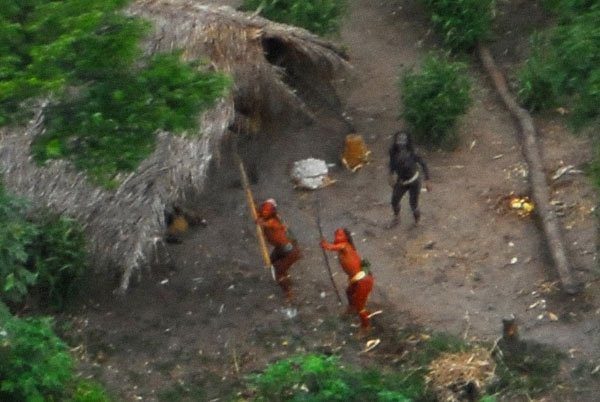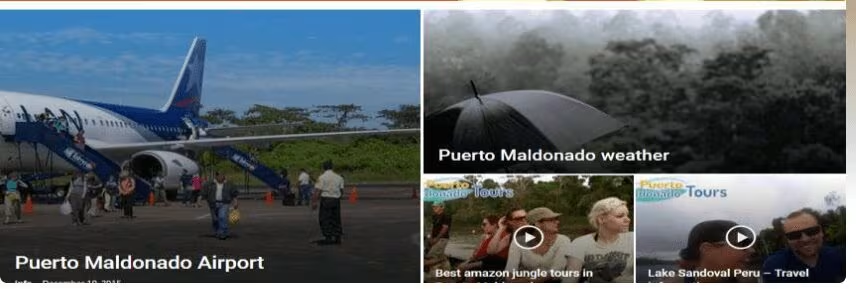The Amazon rainforest is not only rich in biodiversity but also home to a number of uncontacted tribes, showcasing an extraordinary aspect of amazon tribes culture that few have witnessed. These tribes live in isolation, preserving their unique traditions, languages, and ways of life, untouched by the modern world. Let’s dive deep into the fascinating world of Amazon rainforest uncontacted tribes and their captivating history, culture, and current status.
Understanding Amazon Rainforest Uncontacted Tribes
Uncontacted tribes are groups of people who have had little to no contact with the outside world, choosing to live in the heart of the Amazon jungle, primarily in regions of Brazil and Peru. These communities are often elusive and their lifestyles are shrouded in mystery, which draws curiosity from around the globe. Various estimates suggest that there could be anywhere from 100 to 200 uncontacted tribes remaining in the world, with the Amazon rainforest being their principal haven.

Living a nomadic lifestyle, these tribes rely heavily on their surroundings for sustenance, gathering resources from the forest to survive. Their deep knowledge of the ecosystem enables them to thrive despite the modern pressures of logging, mining, and agriculture encroaching on their territory. The protection of their land is crucial for their survival, as it holds everything they need: food, shelter, and spiritual significance.
Tribes Living in the Amazon Rainforest
Several tribes inhabit the vast Amazon, each with its own distinct characteristics and traditions. Some of the most well-known tribes include the Yanomami, Kayapo, and Awa. The Yanomami tribe, for instance, is one of the largest in the Amazon, straddling the border between Venezuela and Brazil. They are recognized for their intricate rituals and deep social structures, including communal living quarters called shabonos.
On the other hand, the Kayapo tribe has gained attention for their colorful body paint and their fierce activism against deforestation. They actively engage in fighting for the preservation of their ancestral lands. Meanwhile, the Awa tribe is critically endangered due to the invasion of their territory by illegal loggers, but they are noted for their exceptional survival skills in the jungle.
History of Amazon Tribes
The history of Amazon tribes stretches back thousands of years, long before European colonization. These tribes developed complex societies, many of which are matriarchal and emphasize communal living. Their knowledge of agriculture, hunting, and gathering has been passed down through generations, establishing a harmonious relationship with nature.

Unfortunately, the arrival of European colonists dramatically affected their way of life. Diseases brought by outsiders devastated populations, and conflicts erupted over land, resulting in the displacement of many tribes. Today, many tribes strive to maintain their traditions in the face of ongoing threats from modern civilization.
Amazon Tribes Culture
Amazon tribes culture is deeply intertwined with their environment. They utilize natural resources for everything, from clothing to shelter and medicine. Their spirituality is often connected with the rainforest, where they view animals, trees, and rivers as sacred entities. Rituals and ceremonies play a significant role in their communities, often involving music, dance, and vibrant body art.
Art and craftsmanship are also vital elements of their culture. Many tribes are known for their intricate weaving, pottery, and woodworking, skills that are taught from a young age. These artisans create beautiful artifacts that not only serve functional purposes but also carry cultural significance, showcasing their connection to the land and their ancestors.
How Many Uncontacted Tribes Are There in the World?
Estimating the number of uncontacted tribes is challenging due to the remote locations where they reside and the continuous logging and activations occurring in their territories. It is believed that around 100 uncontacted tribes exist globally, with the majority dwelling in the Amazon rainforest. Organizations and researchers have made it their mission to protect these tribes and their land, ensuring that they can continue to live undisturbed.
Global attention has surged around the plight of these tribes as environmental issues become increasingly pressing. It’s important to recognize their sovereignty and the need to respect their way of life. Many advocacy groups have called for stricter protections for uncontacted tribes, urging governments to acknowledge their rights to land and cultural preservation.
Current Facts and Conservation Efforts
The fight for the rights of uncontacted tribes has gained momentum in recent years. Increased awareness about the importance of preserving their ways of life and the ecosystems they inhabit has led to various conservation efforts. Legal protections have been implemented in some regions to deter invaders and safeguard the land they’ve inhabited for centuries.
Interestingly, social media and technology are playing a role in raising awareness about these tribes. Documentaries and online campaigns are educating people worldwide about their plight and the threats they face. As more people become informed, there is hope that collective action can help secure a future where these tribes can thrive in peace, respecting their autonomy and cultural richness.
Interesting Facts about Amazon Rainforest Tribes
- Many Amazon tribes are skilled in using natural remedies, with a wealth of knowledge about local flora and fauna. 🌱
- Some tribes are known to have an extensive understanding of the stars and celestial movements, using this knowledge for navigation and agriculture. ⭐
- Film and documentary crews that have interacted with tribes often report that they have never seen a greater respect for nature than in these communities. 🎥
- Despite their isolation, some tribes have been documented to participate in trade with neighboring communities, showcasing a unique blend of self-sufficiency and interaction. 🔄
In conclusion, the Amazon rainforest uncontacted tribes represent a crucial piece of our world’s cultural mosaic. Their continued existence highlights the importance of protecting these elusive communities and their intricate ways of life. As more people advocate for their rights, we hope to see a future that respects and honors the rich heritage of the Amazon tribes.


